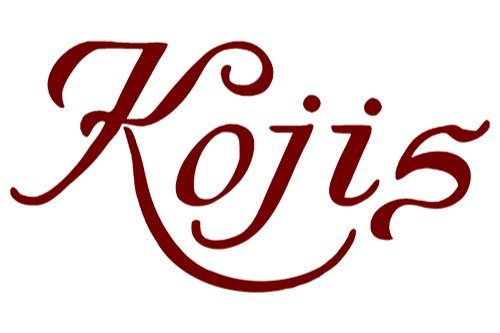Moonstone
Introduction
The name Moonstone is derived from the stone’s ethereal glow. Moonstone belongs to the feldspar mineral family, exhibiting a mesmerising phenomenon known as adularescence, a soft play of light reminiscent of the lunar glow within the stone.
Moonstone is the gemstone gift symbol for the thirteenth wedding anniversary. Moonstone features as one of the birthstones of June.
Moonstone’s etherial glow has made it a favourite of jewellers for hundreds of years, like in this original Liberty Pendant.
Varieties Of Moonstone
Adularia Moonstone
Adularia moonstone is the most well-known and highly prized variety of moonstone. It is named after the Adula Mountains in Switzerland, where it was first discovered. Adularia moonstone typically displays a bluish or silvery sheen over a clear or white body, known as adularescence, which gives it a captivating glow reminiscent of moonlight.
Rainbow Moonstone
Rainbow moonstone displays a range of iridescent colours, including blue, purple, and green, when viewed from different angles. This phenomenon is caused by light scattering within the stone's structure and adds to its mystical allure.
Coloured Moonstone
Coloured moonstone is a variety of moonstone that exhibits a warm, peachy hue. It is valued for its soothing energy and is often associated with emotional healing and creativity. It often does not exhibit adularescence, and is highly prized if it does.
Coloured moonstones often do not display the characteristic adularescence.
Wear & Care
Moonstone typically ranks between 6 and 6.5 on the Mohs scale of mineral hardness. This places it in the range of moderate hardness, but it can be prone to scratching, chipping, or cleaving in half if subjected to rough handling or impact. Therefore, it's important to handle moonstone jewellery with care to avoid damage.
To clean moonstone use a soft clean cloth and wipe it down, if more cleaning is needed use warm soapy water and a soft toothbrush. Pat dry with a soft cloth.
If in doubt, please feel free to Contact Us, and our gem experts can advise you.
Moonstone is often paired with complementary stones such as sapphire and diamond.
History
In ancient Greece and Rome, moonstone was associated with the lunar goddesses Selene and Diana. It was believed that moonstone could harness the energy of the moon and bestow blessings upon its wearer. Moonstone was often used in jewellery, particularly in pieces dedicated to lunar deities.
Moonstone experienced a resurgence in popularity during the Victorian era in the 19th century. It was a favoured gemstone among the Romantic poets and artists, who were inspired by its ethereal beauty and mystical allure. Moonstone was frequently used in Victorian jewellery, particularly in pieces featuring delicate filigree work and intricate designs.
Moonstone continued to be popular in the late 19th and early 20th centuries during the Art Nouveau movement. It was used by Art Nouveau jewellers such as René Lalique and Louis Comfort Tiffany to create stunningly intricate and organic designs inspired by nature.
Rainbow moonstone exhibits all colours of adularescence.
Metaphysical Beliefs
Revered for centuries for its mystical properties, moonstone is steeped in folklore and symbolism, often associated with intuition, inner growth, and emotional balance. Its milky appearance, coupled with its serene energy, makes it a popular choice in jewellery and spiritual practices.
Moonstone is often associated with intuition, inner wisdom, and spiritual insight. It is believed to enhance one's intuition and psychic abilities, helping the wearer connect with their inner guidance and navigate life's challenges with clarity and wisdom.
This Art Deco brooch pairs intricate filigree work with diamonds and moonstone to stunning effect.






